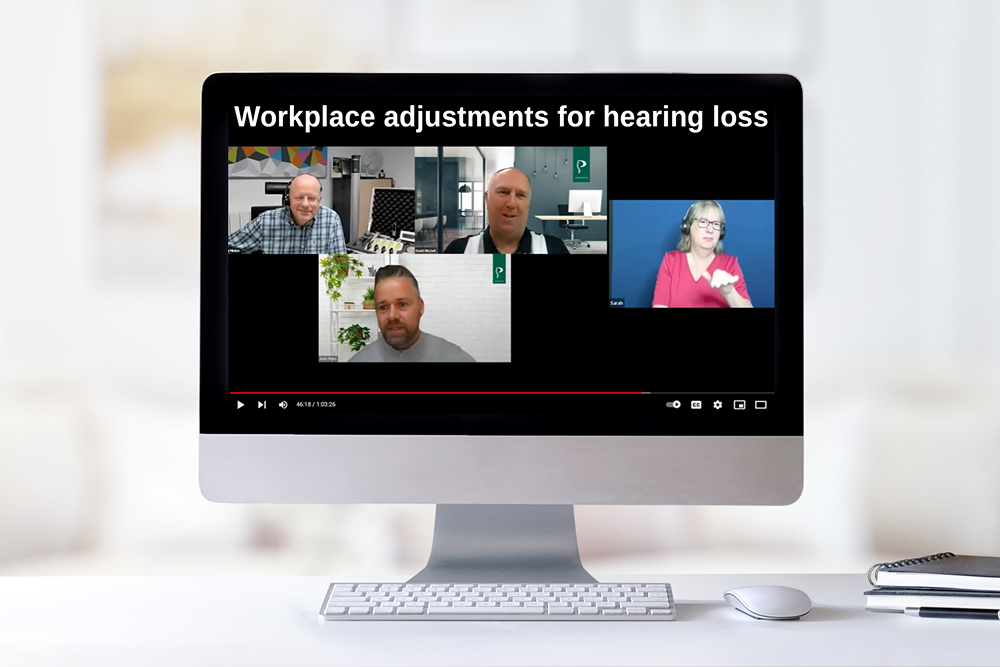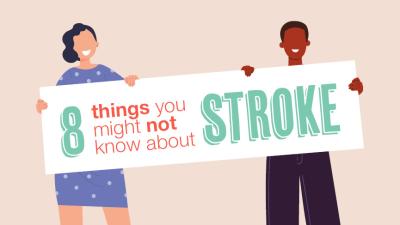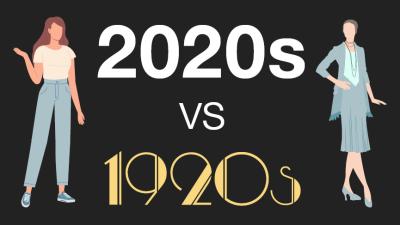
The workplace can often be quite a difficult acoustic environment. There might be high ceilings, hard surfaces and reverberation. We have to contend with the noise from numerous people, traffic, air conditioning and much more.
Meetings in particular often cause hearing difficulties for people with hearing loss.
“I’ll just pretend I heard what he said…”
Some of the main obstacles in meetings are due to side conversations, surrounding noise and the distance between you and someone at the other end of the table. Distance greatly affects the clarity of speech. Even small meetings can become overwhelming for people wearing hearing aids; your colleagues might be unable to join in fully with the meeting and their contributions will be lost.
In this article, we’ll look at hearing loss assessments for employees and the technology that’s brilliantly effective for improving hearing in meetings – both in-person and virtual – and many other work scenarios. There are special small and discrete microphones you can put on a meeting table which transmit speech to hearing aids from wherever the voice is coming.
Today’s hearing aid technology does an excellent job of improving speech understanding. However, even the most powerful hearing aids have limitations – especially in noisy places or at a distance. Additional technology can transform people’s working lives.
Is hearing loss common amongst employees?

One in ten of the working population has some degree of hearing loss.
Remember that over 90% of disabilities are not immediately visible and therefore you may not be aware of colleagues’ hearing loss or their other disabilities.
The Business Disability Forum tell us that 83% of disabilities and long-term conditions are acquired during someone’s life rather than being present at birth. Age-related hearing loss is the most common form of hearing loss, reports the RNID, and many of us are working longer into our 60s and 70s. Companies want to keep our skillsets too and, happily, affordable reasonable adjustments can make all the difference.
Solutions are important because hearing loss can have a significant mental health impact. Not being able to hear what is said at work very often brings frustration and anxiety.
The Equality Act protects people against unfair treatment in the workplace, if their hearing loss fits the definition of a disability. The RNID clarifies that if someone is deaf or has hearing loss or tinnitus that fits that definition, they will have rights under the Equality Act at work.
What are hearing loss assessments?
A hearing loss assessment helps an employer develop a strategy for supporting an individual with hearing loss.
Support is put in place to help an employee achieve their day-to-day working role. The hearing loss assessment often takes place after an employee has had an NHS hearing test, or a hearing test that’s part of a workplace health insurance scheme, and they may be already wearing a hearing aid or cochlear implant.
Posturite holistically assesses:
- Their working locations - office, home, shop floor, laboratory, call centre, classroom, clinic or other
- The technology used for their working role
- In-person meeting needs - what size and type are they?
- Virtual meeting needs
- Telephony needs
- Conferencing and learning environment needs
- If it would be useful to train their colleagues about hearing loss awareness
Strategies as well as technology may be recommended. The make and model of their hearing aid, if they have one, is taken into account. If you’re the employer, you will receive a full report detailing precise recommendations for any reasonable adjustments needed. Each recommendation is individual but may include:
- Assistive Technology for calls and computer work
- Assistive Technology and captioning for meetings and one to one situations
- Hearing loops for rooms and reception areas
- Event and group meeting portable room kits
- Strategies to cope with Tinnitus
You can’t buy the same equipment for every employee with hearing loss – the solution needs to be tailored to the individual and the approach more technical than that.
Training is offered on using the Assistive Technology - which many employees find incredibly valuable.
The Posturite hearing loss assessors also take great care to avoid over-specifying or under-specifying the workplace adjustments. Audiologist Paul Minikin from FM Hearing is a partner to Posturite and says: “I think it’s terrible if reasonable adjustments are over-specified and you've got that hearing equipment that stays in a drawer never used because it's not required - and that's a total waste of everybody's time and money. Also under-specifying equipment is pointless and doesn’t meet needs.” Experienced hearing loss assessors know how to get the right balance.
“It's a really powerful thing that we do” continues Paul. “We've had instances where people have not been able to hear phone calls for years. And we supply the equipment, we provide the training on the equipment, and then that person all of a sudden can have a very normal, easy conversation! And it's very emotional.”
Now watch the BSL-signed webinar ‘Hearing loss: discover the latest workplace adjustments’:
What is this Phonak Roger™ technology to use in meetings?
Roger ™ microphones and receivers pick up the voice of a person speaking in a meeting and wirelessly transmit it to the listener while reducing background noise.
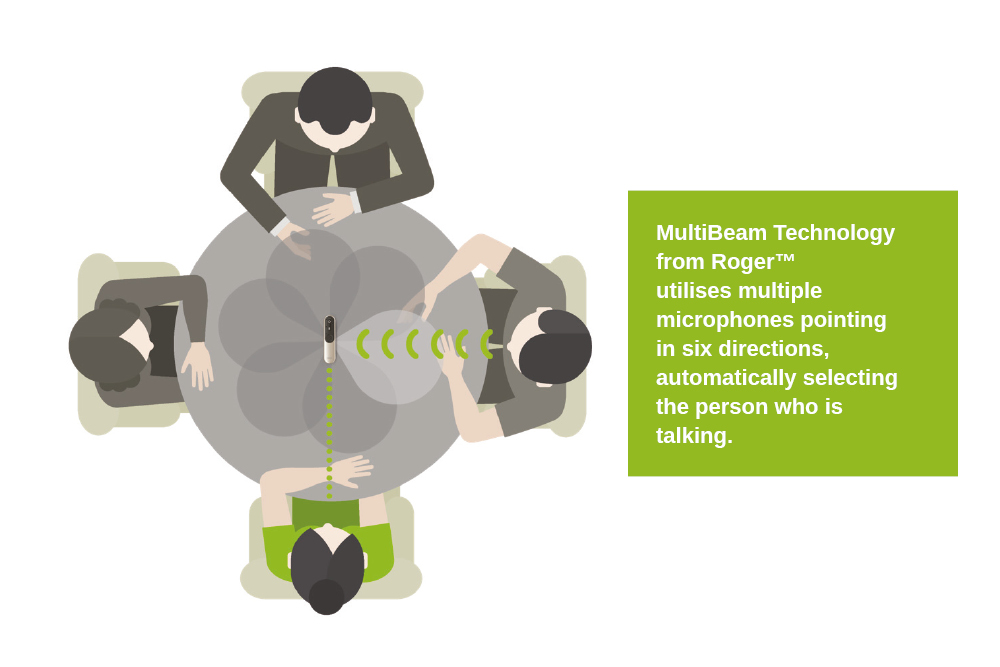
This tech is available from Posturite and allows your employee to fully engage in noisy situations. It’s fantastic to enhance the performance of hearing aids in work situations, it helps to overcome distance, and it integrates with the majority of brands and models of hearing aids, including bone anchored hearing aids (BAHA) and cochlear implants.
“Roger On ™ is quite a fancy little bit of kit!” says David Mitchell, enablement manager at Posturite. “It's a microphone about the size of your index finger. It's like a little LCD screen that tells you what it's doing. I have hearing loss myself and find it phenomenal for meetings. It can be placed on a table, held in the hand or worn by a presenter. It just really makes a massive difference and it is a clearer quality sound.”
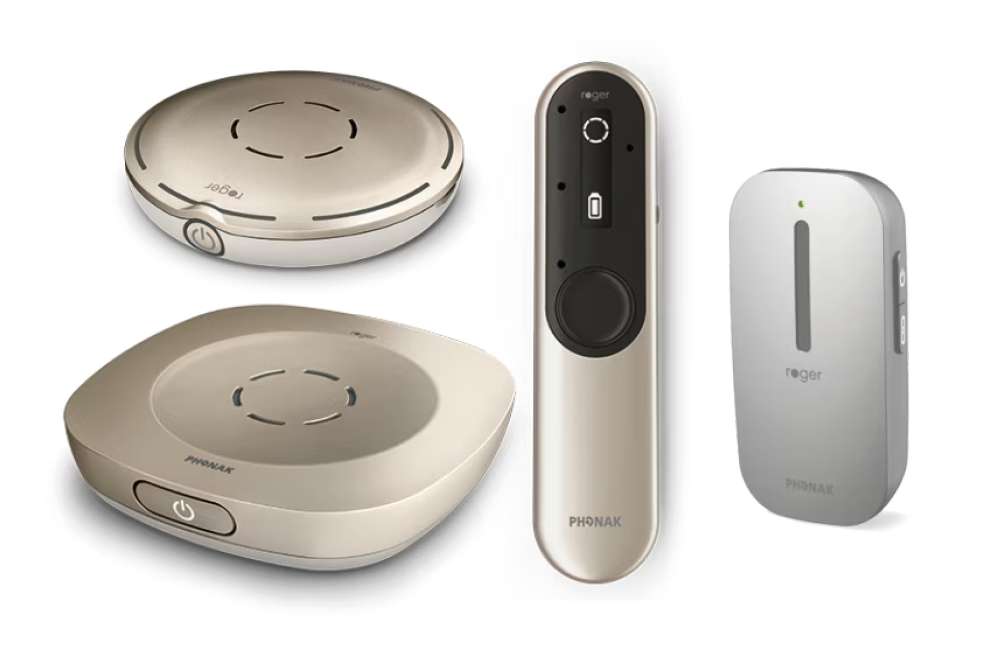
Its MultiBeam Technology enables you to experience exceptional speech understanding in group conversations such as in business meetings. By utilising multiple microphones in six directions, speech from a 360° radius is calculated and compared.
Also in this Roger ™ portfolio of Assistive Tech products is the Roger ™ Clip-On Mic designed for one-on-one conversations.
Coming to terms with hearing loss
The journey for a person to understand they have hearing loss, accept it and then do something about it can be a long and winding path. I’ve heard of this taking as many as ten years.
When an organisation provides a helpful and dignified way to access reasonable adjustments at work, people can be encouraged to come forward sooner.

Posturite enablement manager David Mitchell discovered his hearing loss seven years ago:
“I found out when I was testing out Assistive Technology equipment for customers. I was wearing a headset and using the kit and actually began to hear noises that I had forgotten I wasn't hearing anymore. And it kind of all made sense. I had been needing to turn the TV up. I had avoided asking people to repeat themselves even to the point where I was learning to lip-read and actually communicating based on other people’s mannerisms, the way they spoke, whether they were laughing, whether they looked sad. I was actually teaching myself to communicate because I didn't realise I had this hearing issue.
Now by using hearing aids, they enable the sounds that I had missed, at certain frequencies. I hadn’t been able to catch words very well.”
Understanding speech is important to leading a fulfilled life
From your junior staff to your directors, your colleagues might be struggling to hear in meetings – but there are good solutions out there to resolve this.
Diane Lightfoot, Chief Executive Officer of the Business Disability Forum, said “We know that people who experience hearing loss later in life can feel very vulnerable and isolated and go to great lengths to conceal their acquired disability, rather than asking for the support they need, and the often readily available tools that could make such a difference.”
You can watch David Mitchell of Posturite and Paul Minikin of FM Hearing Systems who feature in this article in their helpful webinar ‘Hearing loss: discover the latest workplace adjustments’.
Their commitment to making work more enjoyable and productive for people with hearing loss is clear:
“We are really motivated to do a great job for the individuals with hearing loss and the organisations that they work for. That's genuine” says David.
Email Posturite about support for staff with hearing loss at [email protected], mentioning this blog. David Mitchell and his team will be able to tell you more about hearing loss assessments and Assistive Technology including Phonak Roger ™ and XRAI Glass. Enquiries related to the Access to Work scheme are also welcomed.





